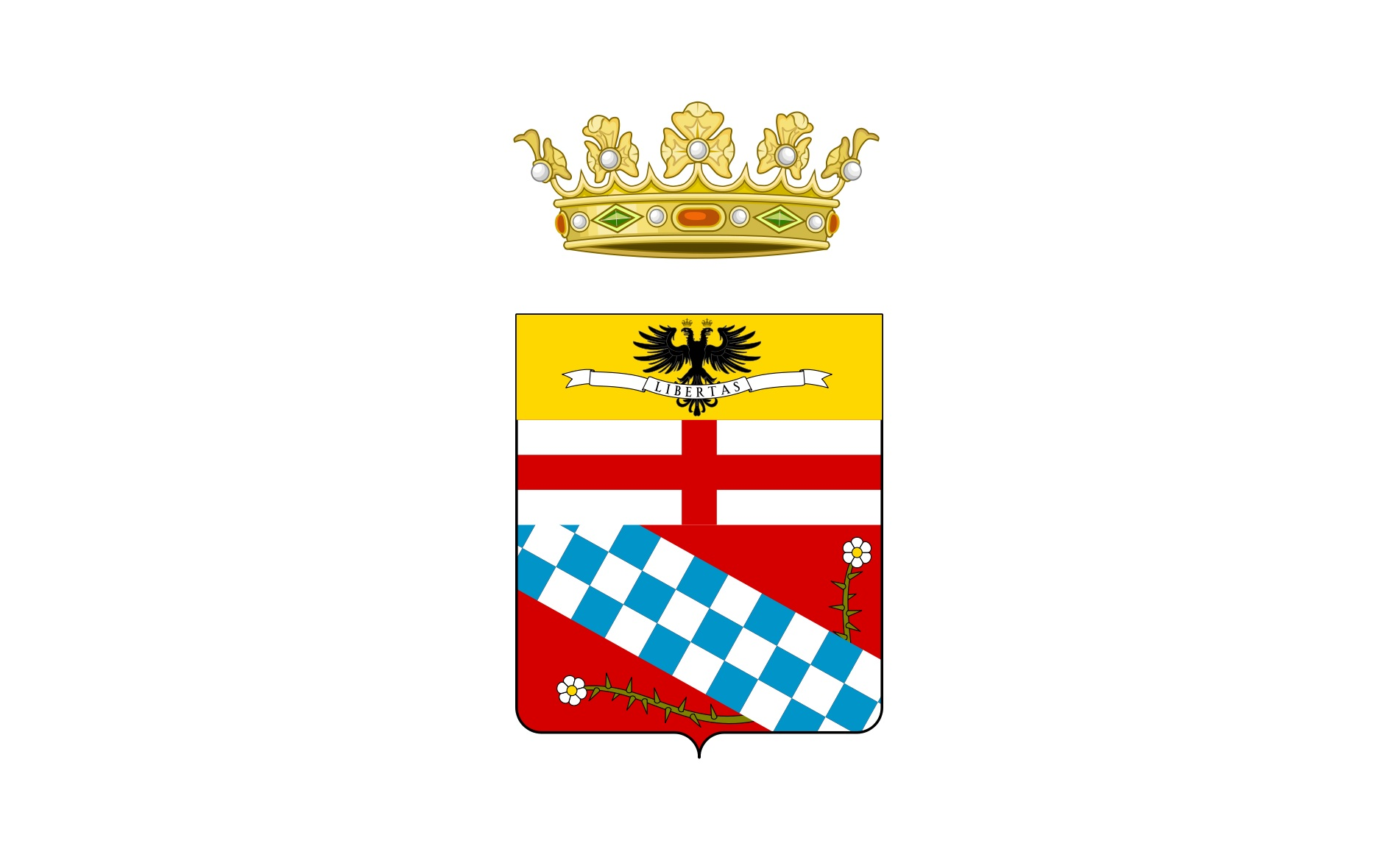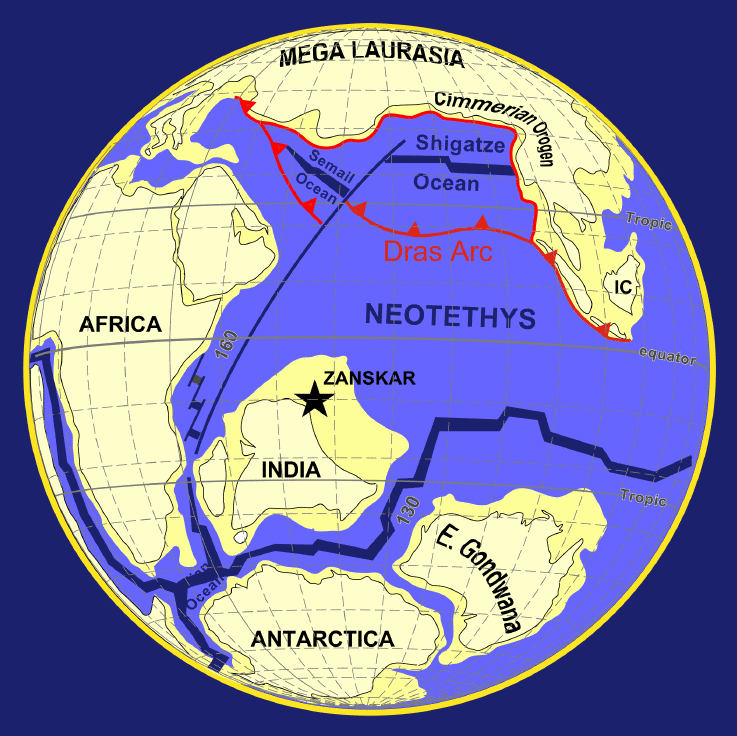|
Pietra Parcellara
Parcellara Stone (Italian: ''Pietra Parcellara'') is a mountain in the Ligurian Apennines located in the Trebbia Valley on the border between the ''comuni'' of Bobbio, to which the southwestern slope belongs, and Travo, to which the northeastern slope belongs, in the province of Piacenza. A black serpentine ophiolite, although not particularly high (836 m a.s.l.), it dominates the surrounding hills from which it juts out abruptly, standing out in morphology, color and grandeur. Together with the nearby Pietra Perduca, it is part of the Pietra Parcellara and Pietra Perduca SCI- SAC site. It allows, from its summit, a panoramic view of the Dorba di Bobbiano valley and the lower Trebbia valley to the north, the middle Trebbia valley with the Bobbio basin and Monte Penice to the southwest, and the Perino valley to the southeast. At the foot of the stone, in the municipal territory of Bobbio, there is an oratory dedicated to Our Lady of Caravaggio, located near the locality of Brodo a ... [...More Info...] [...Related Items...] OR: [Wikipedia] [Google] [Baidu] |
Emilia-Romagna
Emilia-Romagna (, , both , ; or ; ) is an Regions of Italy, administrative region of northern Italy, comprising the historical regions of Emilia (region), Emilia and Romagna. Its capital is Bologna. It has an area of , and a population of 4.4 million. Emilia-Romagna is one of the wealthiest and most developed regions in Europe, with the third highest gross domestic product per capita in Italy. It is also a cultural center, being the home of the University of Bologna, the oldest university in the world. Some of its cities, such as Modena, Parma, Ferrara, and Ravenna, are UNESCO heritage sites. It is a center for food and automobile production (such as Ferrari, Lamborghini, and Maserati). It has coastal resorts such as Cervia, Cesenatico, and Rimini. In 2018, the Lonely Planet guide named Emilia-Romagna as the best place to see in Europe. Etymology The name ''Emilia-Romagna'' is a legacy of Ancient Rome. ''Emilia'' derives from the ''via Aemilia'', the Roman road connecting Pia ... [...More Info...] [...Related Items...] OR: [Wikipedia] [Google] [Baidu] |
Guelphs And Ghibellines
The Guelphs and Ghibellines ( , ; ) were Political faction, factions supporting the Pope (Guelphs) and the Holy Roman Emperor (Ghibellines) in the Italian city-states of Central Italy and Northern Italy during the Middle Ages. During the 12th and 13th centuries, rivalry between these two parties dominated political life across Kingdom of Italy (Holy Roman Empire), medieval Italy. The struggle for power between the Papacy and the Holy Roman Empire arose with the Investiture Controversy, which began in 1075 and ended with the Concordat of Worms in 1122. History Origins The conflict between Guelphs and Ghibellines arose from the political divisions caused by the Investiture Controversy, about whether secular rulers or the pope had the authority to appoint bishops and abbots. Upon the death of Emperor Henry V, of the Salian dynasty, the dukes elected an opponent of his dynasty, Lothair III, as the new emperor. This displeased the house of Hohenstaufen, who were allied with and ... [...More Info...] [...Related Items...] OR: [Wikipedia] [Google] [Baidu] |
Piacenza
Piacenza (; ; ) is a city and (municipality) in the Emilia-Romagna region of Northern Italy, and the capital of the province of Piacenza, eponymous province. As of 2022, Piacenza is the ninth largest city in the region by population, with more than 102,000 inhabitants. Westernmost major city of the region of Emilia-Romagna, it has strong relations with Lombardy, with which it borders, and in particular with Milan. It was defined by Leonardo da Vinci as a "Land of passage" in his Codex Atlanticus, by virtue of its crucial geographical location. This strategic location would influence the history of Piacenza significantly at several times. Piacenza integrates characteristics of the nearby Ligurian and Piedmontese territories added to a prevalent Lombard influence, favored by communications with the nearby metropolis, which attenuate its Emilia (region), Emilian footprint. Piacenza is located at a major crossroads at the intersection of Route E35/A1 between Bologna and Milan, an ... [...More Info...] [...Related Items...] OR: [Wikipedia] [Google] [Baidu] |
Malaspina Family
The House of Malaspina was a noble Italian family of Longobard origin that descended from Boniface I, Margrave of Tuscany, Boniface I, through the Obertenghi line, that ruled Lunigiana from the 13th to the 14th centuries, and the Province of Massa and Carrara, marquisate of Massa and lordship of Carrara (which later became the Duchy of Massa and Carrara and at a later time the Principality of Massa and the Marquisate of Carrara) since the 14th century. History The founder of the Malaspina family was Oberto I, who became the count of Luni, Italy, Luni in 945. Oberto I was appointed as the marquis of the March of Genoa under the Italian king Berengar II of Italy, Berengario II in 951 and he became a count palatine in 953. Oberto I had two children; Oberto II, who inherited the title of count of Luni from his father, and Adalberto I, whose offspring founded the Pallavicini family, Pallavicino and the Cavalcabò families. Oberto II had four children; Bertha of Milan, the spouse ... [...More Info...] [...Related Items...] OR: [Wikipedia] [Google] [Baidu] |
Bobbio Abbey
Bobbio Abbey (Italian: ''Abbazia di San Colombano'') is a monastery founded by Irish Saint Columbanus in 614, around which later grew up the town of Bobbio, in the province of Piacenza, Emilia-Romagna, Italy. It is dedicated to Saint Columbanus. It was famous as a centre of resistance to Arianism and as one of the greatest libraries in the Middle Ages. The abbey was dissolved under the French administration in 1803, although many of the buildings remain in other uses. History Foundation The abbey was founded soon after the Lombard invasion of Italy in 568. The Lombard king Agilulf married the devout Roman Catholic Theodelinda in 590, and under the influence of the Irish missionary Columbanus and Theodelinda, Agilulf converted to Christianity. Upon the conversion of Agigulf and his Lombard followers, the king granted Columbanus a ruined church and wasted lands known as Ebovium, which prior to the Lombard seizure, had been property of the papacy. Columbanus particularly wanted t ... [...More Info...] [...Related Items...] OR: [Wikipedia] [Google] [Baidu] |
Lombards
The Lombards () or Longobards () were a Germanic peoples, Germanic people who conquered most of the Italian Peninsula between 568 and 774. The medieval Lombard historian Paul the Deacon wrote in the ''History of the Lombards'' (written between 787 and 796) that the Lombards descended from a small tribe called the Winnili,: "From Proto-Germanic language, Proto-Germanic ''wikt:Reconstruction:Proto-Germanic/winnaną, winna-'', meaning "to fight, win" who dwelt in northern Germany before migrating to seek new lands. Earlier Roman-era historians wrote of the Lombards in the first century AD as being one of the Suebian peoples, also from what is now northern Germany, near the Elbe river. They migrated south, and by the end of the fifth century, the Lombards had moved into the area roughly coinciding with modern Austria and Slovakia north of the Danube. Here they subdued the Heruls and later fought frequent wars with the Gepids. The Lombard king Audoin defeated the Gepid leader Thuris ... [...More Info...] [...Related Items...] OR: [Wikipedia] [Google] [Baidu] |
Erosion
Erosion is the action of surface processes (such as Surface runoff, water flow or wind) that removes soil, Rock (geology), rock, or dissolved material from one location on the Earth's crust#Crust, Earth's crust and then sediment transport, transports it to another location where it is deposit (geology), deposited. Erosion is distinct from weathering which involves no movement. Removal of rock or soil as clastic sediment is referred to as ''physical'' or ''mechanical'' erosion; this contrasts with ''chemical'' erosion, where soil or rock material is removed from an area by Solvation, dissolution. Eroded sediment or solutes may be transported just a few millimetres, or for thousands of kilometres. Agents of erosion include rainfall; bedrock wear in rivers; coastal erosion by the sea and Wind wave, waves; glacier, glacial Plucking (glaciation), plucking, Abrasion (geology), abrasion, and scour; areal flooding; Aeolian processes, wind abrasion; groundwater processes; and Mass wastin ... [...More Info...] [...Related Items...] OR: [Wikipedia] [Google] [Baidu] |
Clay
Clay is a type of fine-grained natural soil material containing clay minerals (hydrous aluminium phyllosilicates, e.g. kaolinite, ). Most pure clay minerals are white or light-coloured, but natural clays show a variety of colours from impurities, such as a reddish or brownish colour from small amounts of iron oxide. Clays develop plasticity (physics), plasticity when wet but can be hardened through Pottery#Firing, firing. Clay is the longest-known ceramic material. Prehistoric humans discovered the useful properties of clay and used it for making pottery. Some of the earliest pottery shards have been radiocarbon dating, dated to around 14,000 BCE, and Clay tablet, clay tablets were the first known writing medium. Clay is used in many modern industrial processes, such as paper making, cement production, and chemical filtration, filtering. Between one-half and two-thirds of the world's population live or work in buildings made with clay, often baked into brick, as an essenti ... [...More Info...] [...Related Items...] OR: [Wikipedia] [Google] [Baidu] |
Olistostrome
An olistostrome is a sedimentary deposit composed of a chaotic mass of heterogeneous material, such as blocks and mud, known as olistoliths, that accumulates as a semifluid body by submarine (geology), submarine gravity sliding or Slump (geology), slumping of the unconsolidated sediments. It is a mappable stratigraphy, stratigraphic unit which lacks true bed (geology), bedding, but is intercalation (geology), intercalated amongst normal bed (geology), bedding sequence (geology), sequences, as in the Cenozoic Structural basin, basin of central Sicily. The term olistostrome is derived from the Greek ''olistomai'' (to slide) and ''stroma'' (accumulation).Ernesto Abbate, et al., "Olistostromes and olistoliths", ''Sedimentary Geology (journal), Sedimentary Geology'', 4 (1970), 521-557. See also *Submarine landslide References [...More Info...] [...Related Items...] OR: [Wikipedia] [Google] [Baidu] |
Piemont-Liguria Ocean
The Piemont-Liguria basin or the Piemont-Liguria Ocean (sometimes only one of the two names is used, for example: Piemonte Ocean) was a former piece of oceanic crust that is seen as part of the Tethys Ocean. Together with some other oceanic basins that existed between the continents Europe and Africa, the Piemont-Liguria Ocean is called the Western or Alpine Tethys Ocean. Plate tectonic history The Piemont-Liguria Ocean was formed in the Jurassic period, when the paleocontinents Laurasia (to the north, with Europe) and Gondwana (to the south, with Africa) started to move away from each other. The oceanic crust that formed in between the two continents became the Piemont-Liguria Ocean. In the Cretaceous period the Piemont-Liguria Ocean lay between Europe (and a smaller plate called the Iberian plate) in the northwest and the Apulian plate (a sub-plate of the African tectonic plate) in the southeast. When the Apulian plate started moving to the northwest in the late Cretaceous ... [...More Info...] [...Related Items...] OR: [Wikipedia] [Google] [Baidu] |









